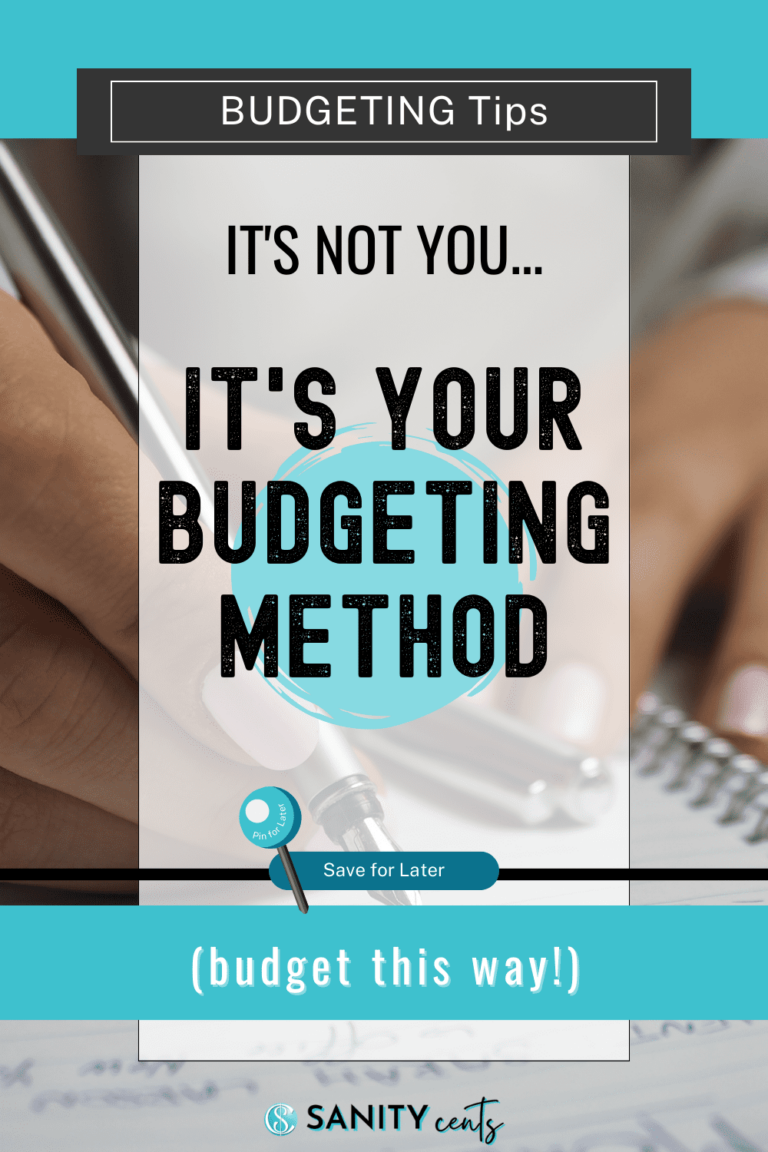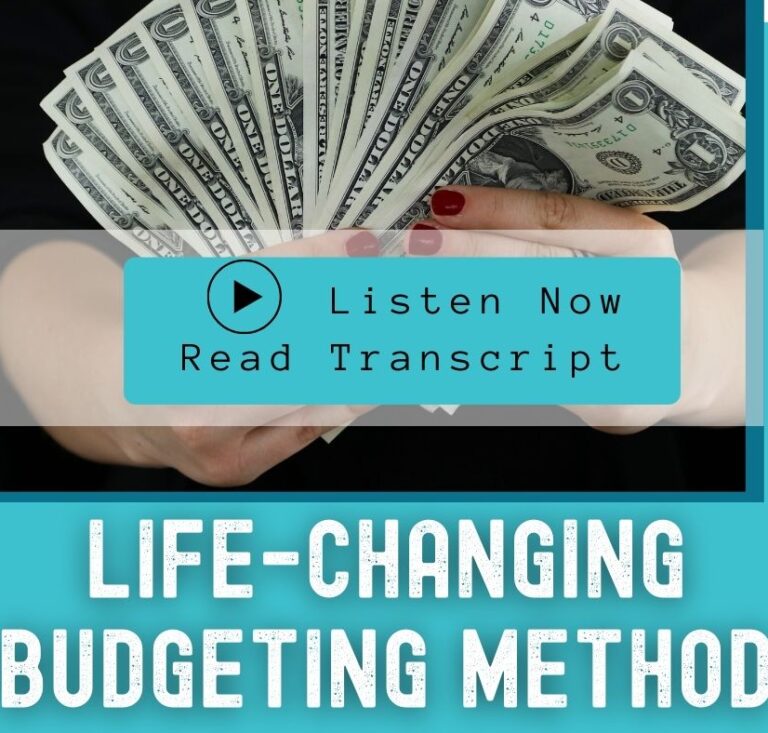Comfortably paying your bills every month? Have you ever stopped to calculate how much debt you have when compared to your income? Gauging your financial health on a gut feeling isn’t the best approach and could dampen your future goals if you aren’t paying attention.
Let’s discuss a few ways to help you identify if you are at or above your debt saturation point by looking at common payment behaviors and calculations.

Payment behaviors that could indicate that you may have too much debt
Your payment behavior can have telltale signs indicating that you may have too much debt:
- Missing or late payments: This one is obvious. If you’re unable to make payments or paying them late, you have more debt than your budget can handle. If you had money to pay the bill and just forgot, then please stop reading this and go put your household bills, loans, credit cards, everything on autopay…right now. (Then come back and keep reading.)
- Paying minimum payments only: If you’re making just the minimum payments on your debts and cannot afford to pay more, it could be a sign that you have too much debt.
- Carrying credit card balances: If you are continuing to carry a balance on your credit cards without a plan to pay them down faster, or the balance is steadily increasing over time, that’s a sure sign that you have too much debt.
- Withdrawing savings: If you’re routinely taking money from savings in order to pay your bills, you could have a debt problem.
Behaviors like these are clear warning signs that you need to take action to get your debt under control, sooner than later. For all of the above behaviors, start now to figure out how to get out of debt. Begin monitoring your spending–closely. See what expenses are not vital to your survival, what unnecessary spending at the grocery store can be paused and try and find ways to bring in extra income.
In addition to how you are paying your bills, there are calculations that can show you how deep your debt mountain is compared to your income. Here are some common debt-gauging calculations.

Methods used to calculate if you have too much debt
Exceeding any of the limits below could be indicative of you having too much debt. Take the time to analyze each calculation and begin focusing on making necessary changes.
To help with your debt payoff journey, download our FREE debt calculation worksheet.
- Credit Utilization Ratio: One way to calculate if you have too much debt is by evaluating your credit utilization ratio. This is a fancy way of saying how much credit you are using from your credit cards. It evaluates your credit card balance compared to your total available credit limit.
For example, let’s say you have three credit cards with credit lines of $10,000, $5,000 and $2,000. Together, you have a total available limit of $17,000. If your total credit card balances for all three cards is $8,000, then you are utilizing 47% of your available credit ($8,000 divided by $17,000). According to common credit rating recommendations, you should target to keep your credit utilization ratio below 30% to maintain a good credit score. Therefore, having a 47% credit utilization ratio indicates that you have too much credit card debt.
Don’t forget to download the debt calculations workbook and see what your credit card utilization score is.
- Debt-to-Income Ratio (DTI): Your DTI is calculated by dividing your total monthly debt payments by your gross monthly income. Lenders monitor your DTI to help them gauge if your will be able to manage your new payment based on your current income. Different lenders, such as government programs, have different requirements compared to conventional banking lenders.
A DTI of 43% or lower is generally considered to be manageable, while a DTI above 43% is considered to be high and a sign that you might have too much debt. However, having a debt-to-income ratio of 36% or lower, as demonstrated in the following Mortgage Rule, is where you should aim to be. This target helps to ensure that you can more comfortably manage your bills and still have money left to enjoy life.
- Mortgage 28/36 Rule: When you are looking to buy a home, your debt will likely be evaluated to ensure that you are at or below the 28/36 Rule. The 28 portion of this rule refers to ensuring that 28% of your gross monthly income or less should be spent on your housing expenses.
Your total housing expenses include a combination of your monthly principal + interest + private mortgage insurance (PMI) + property taxes + homeowner’s insurance + homeowner’s association dues. This total is compared to how much money you make per month (before taxes), including any recurring annual bonuses. I recall that when we were buying a house, the underwriter used this calculation to determine whether or not we could reasonably afford the new house we were wanting to buy.
To calculate this, if your prospective house’s total costs are $1800 and your gross monthly income is $6900…the calculation is $1800 divided by $6900 = 26%. As long as you don’t go over 28%, you are within the limits of this first half of this two-part rule. But don’t forget that there are two parts.

The second part of the 28/36 rule — 36 — refers to how your total monthly housing costs PLUS your monthly debt payments are compared to your gross monthly income. Ideally you want this calculation to 36% or less. Monthly debt payments would include loans (car loans, student loans, personal loans), credit cards and child support/alimony.
If your family is considering buying a home in the future, download the debt calculation workbook to determine if your finances are in alignment with the 28/36 rule BEFORE you apply for a loan. Take proactive steps now to make adjustments, as needed. However, even if you are above either rule, there could be various loans that you may still qualify for. Be sure to do your research. - Automotive 15% Rule: As a general rule of thumb, your total monthly auto expenses, including your car payment, insurance, gas, and maintenance, should be no more than 10-15% of your gross monthly income. This isn’t a lending rule as much as it is a personal debt guide to follow. Lenders likely do use a similar formula to determine if you can reasonably afford to pay the note.
For example, if your gross monthly income is $6,000, your total monthly car expenses should ideally be no more than $900 ($6,000 x 15%), preferably closer to $600 ($6,000 x 10%). If you are over the limit, consider a less expensive vehicle, one with better gas mileage and better reliability.
And please, by all means — if you are in the market for a new car, evaluate your costs BEFORE you go to the dealership. Don’t wait until you are at the dealership! Do your homework and be educated before leaving the house.
- Mortgage 28/36 Rule: When you are looking to buy a home, your debt will likely be evaluated to ensure that you are at or below the 28/36 Rule. The 28 portion of this rule refers to ensuring that 28% of your gross monthly income or less should be spent on your housing expenses.
It’s important to note that these guidelines are just that — guidelines. The amount of debt that is manageable varies from family to family, but the ultimate target is ZERO debt. Situations could depend upon factors such as your living situation, location, income, expenses, and overall financial goals. Most importantly, find a plan that works for you and your family’s financial situation and stay focused on your goals.
Don’t forget to download this FREE debt calculation worksheet. Determine your level of debt and how dire (or how great) your situation may be.





